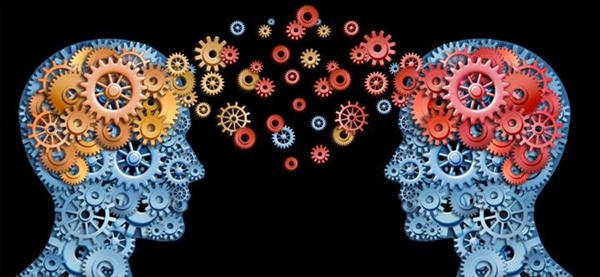In recent years, Tesla has become synonymous with innovation, particularly in the realm of electric vehicles. But the company’s ambitions extend far beyond the automotive industry. Tesla is venturing into intelligent robots, marking a significant shift in the field of robotics. These robots, designed as humanoids, are positioned to transform various domains, including manufacturing, construction, healthcare, and entertainment.
Humanoid robots are bots designed to resemble and mimic human movements and behaviors to varying degrees. They typically have a human-like appearance, with a head, torso, arms, and legs. From automating repetitive tasks in manufacturing plants to helping in complex surgeries in healthcare settings, Tesla’s robots are set to make a profound impact, shaping the future of robotics and redefining the way we work and live.
Tesla’s Vision for Robotics
At the heart of Tesla’s venture into robotics lies a vision for a future where intelligent machines assist humans in various tasks augmenting human capabilities. Tesla’s founder and CEO, Elon Musk, has long been vocal about his vision for advancing technology to benefit humanity.
Back in 2021, Tesla introduced its idea for a humanoid robot called Optimus. At first, it looked like a person wearing a robot suit. But fast forward to 2022, and Elon Musk surprised everyone by revealing two real humanoid robot prototypes. This was a big step forward for Tesla’s work in robotics.
Going for a walk with Optimus pic.twitter.com/6mLJCUp30F
— Elon Musk (@elonmusk) January 31, 2024
The humanoid robots from Tesla have advanced sensors, artificial intelligence, and special parts called actuators. These let them navigate complex environments and perform a wide range of tasks with precision and agility.
-
Applications in Manufacturing: One of the primary areas where Tesla’s humanoid robots are expected to make an impact is in manufacturing. Traditionally, manufacturing processes have relied heavily on human labor for tasks that are repetitive, physically demanding, or hazardous. By deploying humanoid robots on the factory floor, Tesla’s goal is to automate these tasks, freeing up human workers to focus on more creative and strategic aspects of production.
-
Transforming Construction: In addition to manufacturing, Tesla’s humanoid robots hold promise for transforming the construction industry. Construction sites are often characterized by complex environments, presenting challenges for automation. Humanoid robots equipped with advanced mobility capabilities can navigate construction sites safely, assisting with tasks such as bricklaying, welding, and site inspection.
-
Healthcare: Another domain where Tesla’s humanoid robots could have a profound impact is healthcare. With advancements in robotics and artificial intelligence, there is growing potential for robots to assist medical professionals in various clinical and surgical tasks. Tesla’s humanoid robots, equipped with precise motion control and sensor technology, could assist surgeons in performing delicate procedures with unprecedented accuracy and precision. Also, these robots could support healthcare providers in patient care tasks, such as monitoring vital signs, dispensing medication, and providing companionship to patients.
-
Entertainment: Beyond traditional industries, these humanoids could be used in places like theme parks, entertainment venues, and even in virtual and augmented reality experiences. In these settings, the robots could act as interactive performers, guides, or even companions for visitors.
Tesla’s venture into the development of intelligent robots represents a bold step towards realizing Elon Musk’s vision of a more automated future. As the company continues to innovate and refine its robotics technology, we can expect to see a future where intelligent machines work alongside humans to create a more sustainable, and technologically advanced world.












